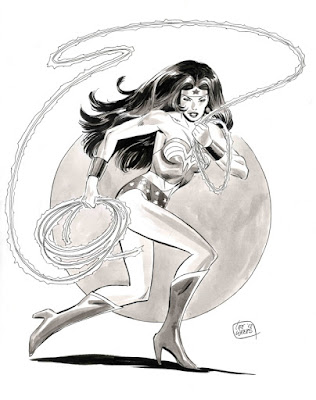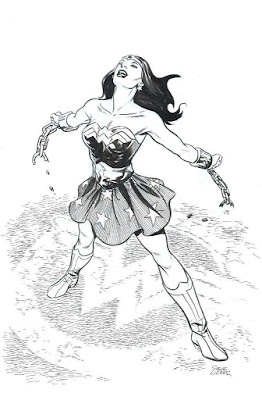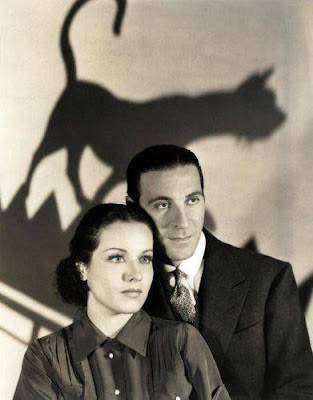The Case of the Black Cat (1936)
Starring: Ricardo Cortez, Garry Owen, Jane Bryan, June Travis, Harry Davenport, George Rosener, Nedda Harrigan, Carlyle Moore Jr., Bill Elliott, Clarence Wilson, Craig Reynolds, and Guy Usher
Director: William McGann and Alan Crossland
Rating: Four of Ten Stars
A very rich, very grumpy old man (Davenport) dies in a mysterious fire after ordering his attorney, Perry Mason (Cortez), to change his will to completely cut his granddaughter (Bryan) from receiving any inheritance while tying other bequests to the continued employment of the mansion's caretaker (Wilson) and the continued well-being of his pet cat. When the heirs object to the will, Mason finds himself with a cat as his de-facto client... but eventually ends up defending the granddaughter's husband (Moore) for murder.
I have read that the creator of Perry Mason, Earl Stanley Gardner, hated Ricardo Cortez as the famous lawyer. I can see why. Although his portrayal of Mason is vaguely similar to that of Gardner's reportedly favorite Mason, Raymond Burr, it has twice the smarm and barely a fraction of the charm that Burr brought to the character. Cortez, however, is far from the worst thing about this movie.
The biggest problem with "The Case of the Black Cat" is that it may be the stagiest movie ever released. The framing of many scenes and the placement of actors within those scenes feels like their on stage, and the way every line is delivered so as to not step on the line delivered prior to it--including ones where one character is supposed to interrupt another--highlights this feeling even more. I am generally forgiving about this to films from the early days of sound, but by 1936, the technology was solid enough, and the actors should have been comfortable enough performing within its strictures that my patience is a bit short. Perhaps I could have been less bothered by the stageyness of it all if there had at least been a solid adaptation of the Gardner story here, but even that is lacking. Although Mason and Paul Drake solve the mystery, they don't really do a whole lot to do so... and the most important thing poor Della Street gets to do is babysit a cat. Worse, the court-room finale consists mostly of bad acting, worse dialogue, and Perry Mason summarizing the film's convoluted mystery plot without proving anything in particular or even answering some very key questions... and yet the judge dismisses the case without raising those questions.
It's a shame this film is so flawed, because Ricardo Cortez and June Travis were actually quite good as Perry and Della. Cortez's smarm was dialed back in scenes shared with her and their banter was among the most genuine-seeming dialog in the film. It's a shame that this was the only film they appeared in together, because think they could have done some excellent work.
"The Case of the Black Cat" was the fifth of six Perry Mason films produced by Warner Bros. during the mid-1930s, all loosely adapted from Gardner novels, and it was the only one where Ricardo Cortez wore Mason's suits. All of them are included in a reasonably priced collection, with two films to disc.




















































.jpg)












.jpg)
